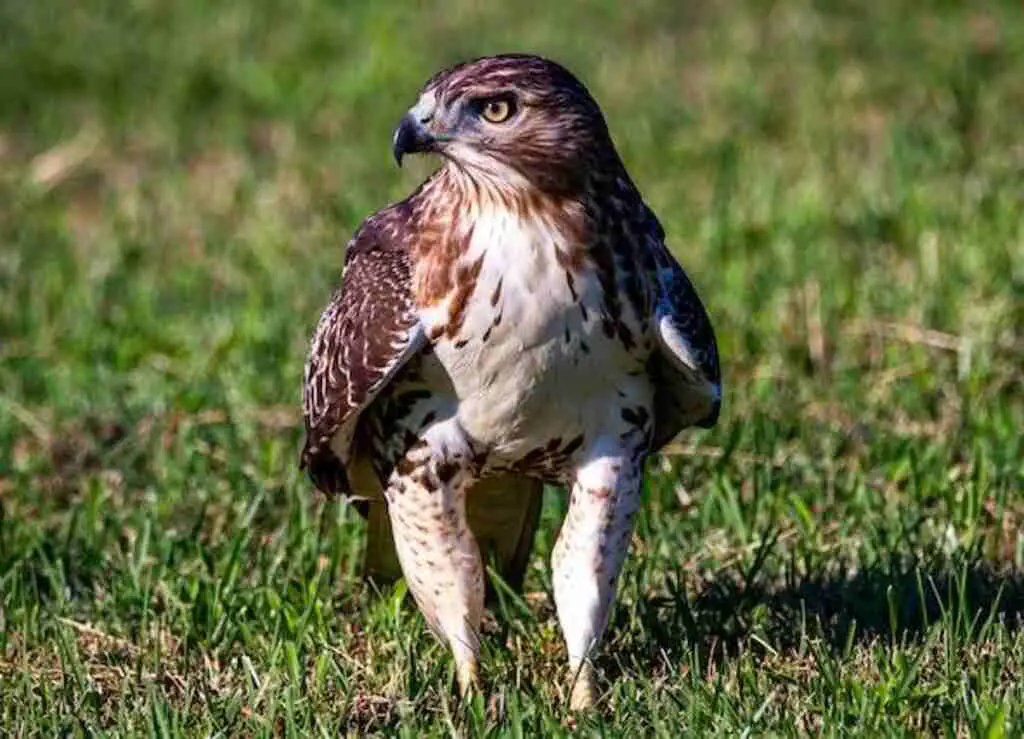Ah, the intricate dance of life and death in the animal kingdom! Amongst the captivating tales of survival, let us turn our attention to the enchanting saga of hawks and shrews. The burning question on everyone’s minds: “Do hawks eat shrews?”
Together, we shall unravel this mystery, examining the fascinating relationship between these cunning hunters and elusive insect-loving mammals.
Brace yourself for an exhilarating journey through the wild, where hawks reign supreme, and shrews tiptoe on the edge of fate.
Join us as we delve into their complex connection and unravel the secrets that bind them in nature’s grand tapestry.
Table of Contents
- 1 Key Takeaways
- 2 Overview of Hawk Diet
- 3 What are Shrews?
- 4 Hawk and Shrew Relationship
- 5 Do Hawks Eat Shrews
- 6 Hawk Hunting Techniques
- 7 Other Prey of Hawks
- 8 Hawk and Shrew Population Dynamics
- 9 Role of Hawks and Shrews in Ecosystems
- 10 Distribution and Habitat of Hawks and Shrews
- 11 Conservation of Hawks and Shrews
- 12 Frequently Asked Questions
- 13 Conclusion
- 14 Author
Key Takeaways
- The relationship between hawks and shrews is complex and multifaceted, with hawks having developed unique hunting techniques to capture shrews.
- Shrews are an essential component of many ecosystems, serving as prey for a variety of animals including hawks.
- Hawks and shrews are intricately linked in terms of population dynamics, with an increase or decrease in shrew population potentially affecting the hawk population and vice versa.
- Preserving the habitats of hawks and shrews is critical to maintaining the delicate balance of the ecosystem, and conservation efforts include protected habitats, sustainable agriculture practices, and research and monitoring.
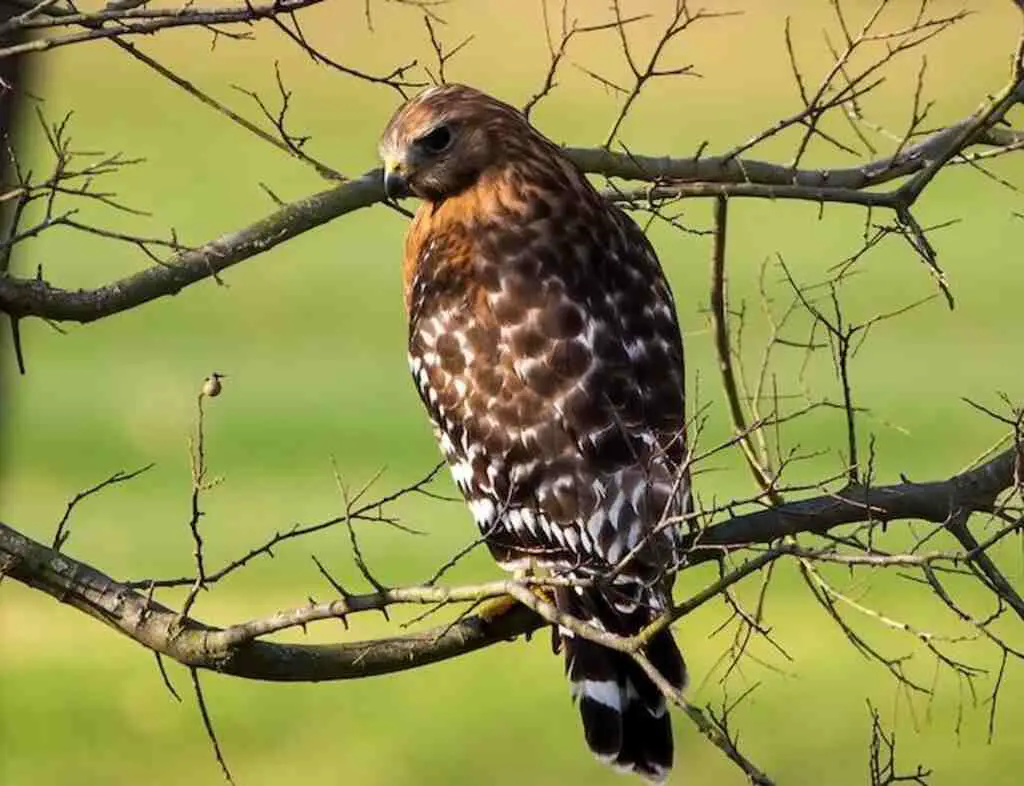
Overview of Hawk Diet
The diet of hawks is a diverse and complex topic that encompasses a wide range of prey species, including small mammals, birds, reptiles, and insects.
Hawks are known for their predatory behavior, and their feeding habits reflect their hunting skills and adaptability to different environments.
Depending on the species and habitat, hawks may consume a variety of prey items, ranging from rodents and rabbits to snakes and lizards.
The diversity of hawk feeding habits is a testament to their ability to survive in different ecosystems and adapt to changing food availability.
One of the prey species that hawks may consume are shrews, which are small, insectivorous mammals that are found in many parts of the world.
Shrews are a common food source for many predators, including hawks, and their high metabolism and fast movements make them a challenging prey item.
What are Shrews?
Shrews, also known as Soricidae, are small, insectivorous mammals that belong to the family Soricidae. They are found worldwide, with approximately 385 different species. Shrews have a distinctive long, pointed snout, small eyes, and velvety fur.
They are known for their high metabolic rate and need to eat frequently, consuming up to 90% of their body weight in food each day.
Shrews are active day and night, and their behavior includes burrowing, climbing, and swimming. They have many predators, including owls, snakes, foxes, and domestic cats.
Due to their small size and high-energy requirements, shrews are an essential component of many ecosystems, serving as prey for a variety of animals.
With this in mind, it is interesting to explore the relationship between hawks and shrews, and whether or not hawks prey on these small mammals.

Hawk and Shrew Relationship
The interaction between hawks and shrews has been a topic of interest for researchers studying predator-prey relationships in various ecosystems.
Predators, such as hawks, play a crucial role in regulating prey populations and shaping ecosystems.
Shrews, on the other hand, are small, elusive mammals that are a common prey item for many predators, including hawks.
The relationship between hawks and shrews is complex and multifaceted, with both species adapting to each other’s behavior and characteristics.
Hawks have developed unique hunting techniques to capture shrews, such as hovering and diving, while shrews have evolved defensive strategies to avoid predation.
This predator-prey interaction has ecological significance, as it affects the dynamics of both predator and prey populations, and ultimately impacts the overall health of the ecosystem.
Understanding the relationship between hawks and shrews can provide insights into the intricate workings of predator-prey interactions and the role they play in shaping our natural world.
Moving forward, it is important to continue studying the hunting techniques of hawks to better understand how they capture elusive prey like shrews.
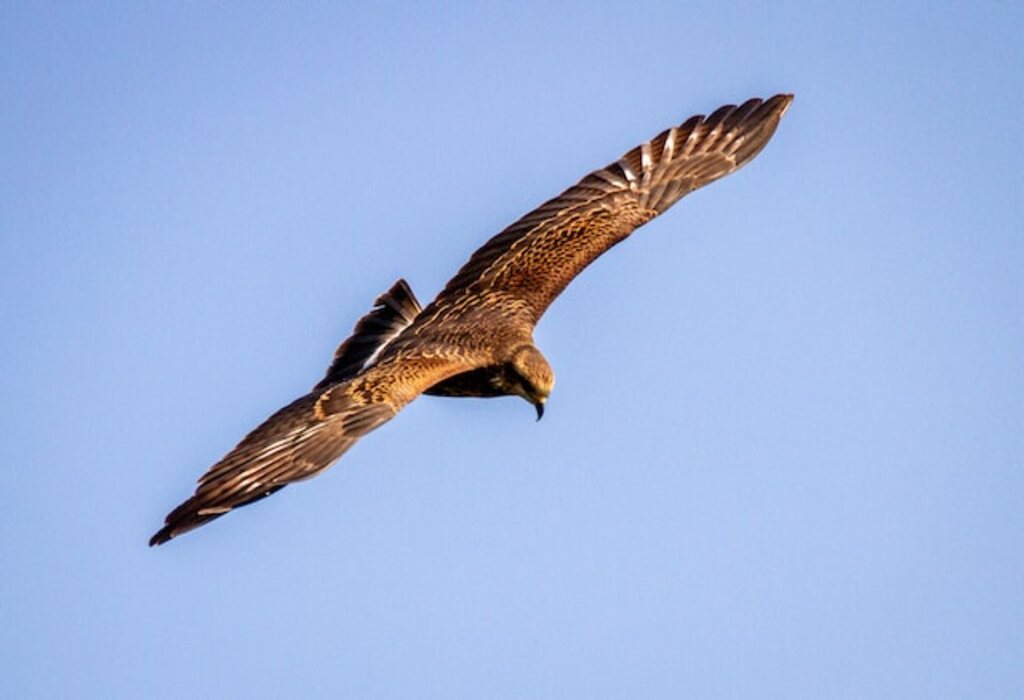
Do Hawks Eat Shrews
Yes, hawks do eat shrews. Shrews are a part of the diet of many hawk species. Hawks are skilled predators and hunt a variety of small mammals, including shrews, as a food source. This predation contributes to the natural food chain and ecosystem dynamics.
Hawk Hunting Techniques
Hovering high above the ground, the hawk patiently waits for the perfect moment to strike, much like a skilled archer aiming for their target.
Hawks have excellent vision, which allows them to detect even the slightest movements from their prey from a distance.
They use a combination of their sharp vision and their diving speed to catch their prey off guard.
Hawks have different size preferences when it comes to their prey, with some species preferring smaller prey such as shrews, while others prefer larger prey such as rabbits or snakes.
When hunting, hawks tend to focus on prey that is weaker or slower, allowing them to catch their prey with more ease.
They also use their hunting techniques to their advantage, such as flying low to the ground or using trees or buildings as cover.
Overall, hawks are skilled hunters that use their sharp vision and hunting techniques to capture their preferred prey.
In the subsequent section, we will explore other prey of hawks.
Other Prey of Hawks
Hawks have a diverse diet, as they are known to prey upon a variety of animals including rodents, snakes, lizards, and other birds.
These predator-prey dynamics are complex, as hawks must balance their need for food with the availability of prey.
When preferred prey, such as rodents, are scarce, hawks are known to switch to alternative prey, including shrews.
While shrews make up a small proportion of a hawk’s diet, they are still an important part of the food web.
Understanding the relationship between hawks and alternative prey is crucial for understanding population dynamics.
With this in mind, it is important to consider how changes in hawk and shrew populations may affect each other, and the larger ecosystem.
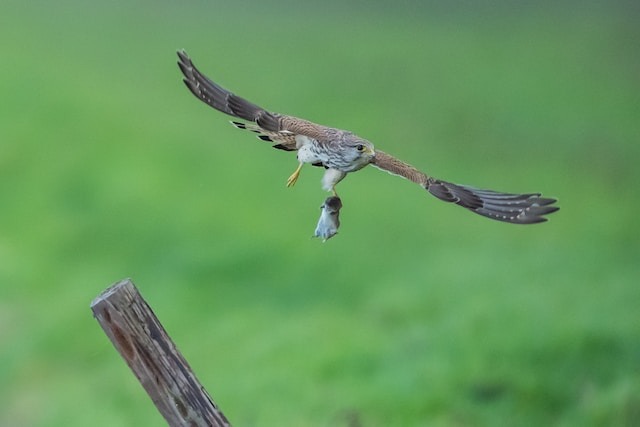
Hawk and Shrew Population Dynamics
Population dynamics of hawks and shrews are intricately linked, with changes in one population potentially affecting the other and the larger ecosystem.
The populations of hawks and shrews are known to exhibit fluctuations within their respective habitats, with factors such as predation, food availability, and weather patterns playing a role in these fluctuations.
As hawks hunt shrews for food, a decrease in the shrew population can lead to a decrease in the hawk population.
On the other hand, an increase in the shrew population can lead to an increase in the hawk population as they have a larger food source to sustain themselves.
The ecological impact of these population fluctuations extends beyond just the two species, as changes in their populations can have cascading effects on the larger food web and ecosystem.
Understanding the population dynamics of hawks and shrews is important for managing and conserving these species and their habitats.
Moving forward, it is important to continue researching the role of these two species in ecosystems and the potential impacts of their populations on other organisms.
Role of Hawks and Shrews in Ecosystems
The interaction between predators and prey, such as hawks and shrews, plays a crucial role in maintaining the balance and health of ecosystems.
Hawk predation on shrews can help control the shrew population, preventing them from overgrazing on vegetation or consuming too many insects.
In turn, shrews serve as a food source for hawks, ensuring their survival.
This relationship between hawks and shrews is just one example of the intricate web of interactions that exists within ecosystems.
Understanding the role that each species plays in these interactions is essential for managing and maintaining healthy ecosystems.
In the subsequent section about distribution and habitat of hawks and shrews, we will explore how different factors such as climate, geography, and human activity influence the population dynamics of these species.
Distribution and Habitat of Hawks and Shrews
The distribution and habitat of both predators and prey can be influenced by various factors, such as climate and human activity, which have led to a decline in the population of some species.
For example, according to a study by the National Park Service, the Northern Pygmy-Owl, a type of hawk that preys on shrews, has experienced a decrease in habitat due to logging and urbanization.
The habitat range of shrews, on the other hand, is quite diverse, spanning across forests, grasslands, and wetlands.
They occupy a unique ecological niche, serving as prey for many predators and contributing to soil fertility through their burrows.
However, the distribution and habitat of shrews can also be impacted by human activities such as pesticide use and habitat destruction.
It is important to understand the distribution and habitat of both hawks and shrews to better understand their role in ecosystems and the impact of human activity on their populations.
With this knowledge, we can work towards the conservation of these species and their habitats.
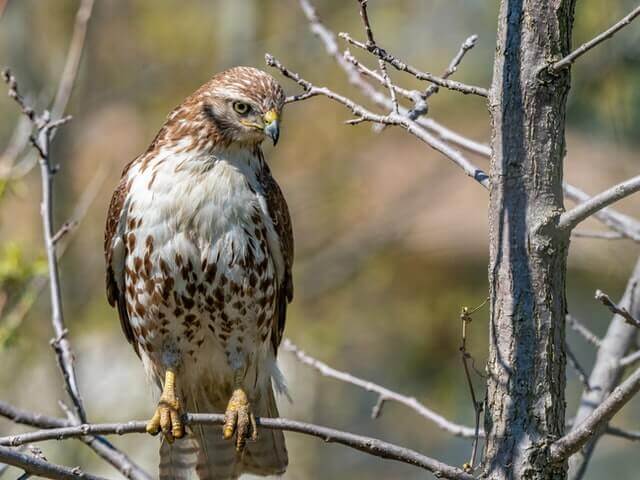
Conservation of Hawks and Shrews
Preserving the habitats of hawks and shrews is critical to maintaining the delicate balance of the ecosystem, as they serve important roles as both predators and prey, much like pieces on a chessboard.
The importance of their protection cannot be overstated, as both species face numerous threats to their survival.
Meanwhile, shrews face similar challenges, including habitat fragmentation and degradation, as well as competition from invasive species.
Despite these threats, conservation efforts are underway to protect both hawks and shrews, including the creation of protected habitats and the promotion of sustainable agriculture practices.
By taking these steps, we can help ensure the survival of these important species and the health of our ecosystems for generations to come.
| Threats to Hawks | Threats to Shrews | Conservation Efforts |
|---|---|---|
| Habitat loss | Habitat fragmentation | Protected habitats |
| Illegal hunting | Degradation of habitat | Sustainable agriculture practices |
| Pesticide use | Competition from invasive species | Research and monitoring |
Frequently Asked Questions
How do hawks impact the overall food chain in their ecosystem?
Hawks play a crucial role in the food chain by regulating the population dynamics of their prey species through inter species competition. Their impact can affect the abundance and distribution of other species, ultimately influencing the overall ecosystem health.
Can shrews defend themselves against hawks?
Shrews have various defense mechanisms including producing a strong odor, mimicking death, and burrowing underground. However, hawks have developed hunting tactics that may allow them to overcome these defenses, making shrews vulnerable prey.
Are there any other predators that prey on shrews besides hawks?
Predator competition for shrews includes small carnivores such as weasels, foxes, and snakes. Shrews have natural defenses against predators such as venom and musky odors that deter some predators, but not all.
What is the average lifespan of a hawk and a shrew?
The lifespan of hawks and shrews is influenced by various factors, including habitat preferences and genetic predispositions. Comparing the lifespans of different species reveals significant variation, demonstrating the importance of these factors in shaping an individual’s longevity. Metaphor: Life is a journey, and each species takes a unique path.
Do hawks prefer certain species of shrews over others?
Hawks are known to have a varied diet, including shrews. Research on shrew diet is limited, but it is likely that hawks use their hunting tactics to target the most available and accessible species of shrews.
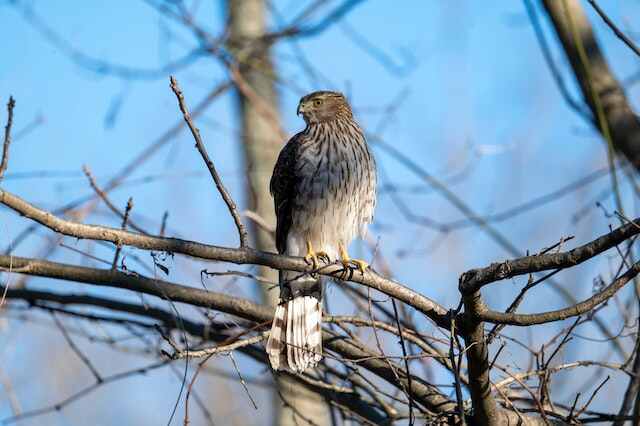
Conclusion
In conclusion, hawks are known for their varied and diverse diets, which include small mammals such as shrews. Shrews are insectivorous mammals that are commonly found in grasslands, forests, and meadows.
Hawks and shrews have a complex predator-prey relationship, where hawks use their hunting techniques to capture shrews as a food source.
Hawks have a significant impact on the population dynamics of shrews and other prey species, and play a critical role in regulating ecosystems.
The distribution and habitat of hawks and shrews are influenced by various factors such as climate, land use, and human activities.
Conservation efforts are necessary to maintain healthy populations of hawks and shrews and to protect their habitats.
In summary, the relationship between hawks and shrews is one of predator and prey, with hawks using their hunting techniques to capture shrews.
This relationship has a significant impact on the population dynamics of both species and their roles in ecosystems.
Like a finely-tuned orchestra, the interactions between hawks and shrews create a delicate balance that contributes to the overall health and stability of our natural world.

